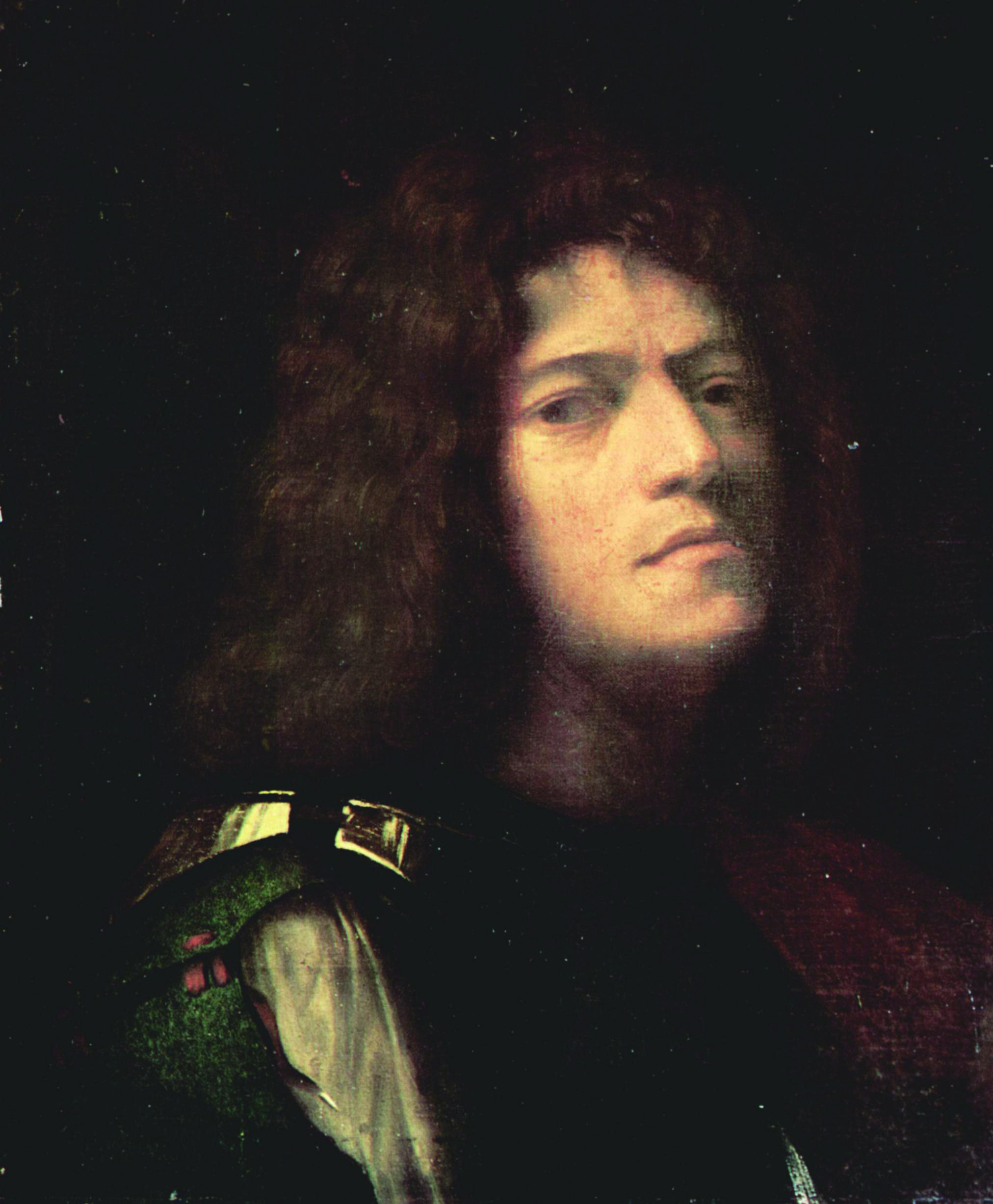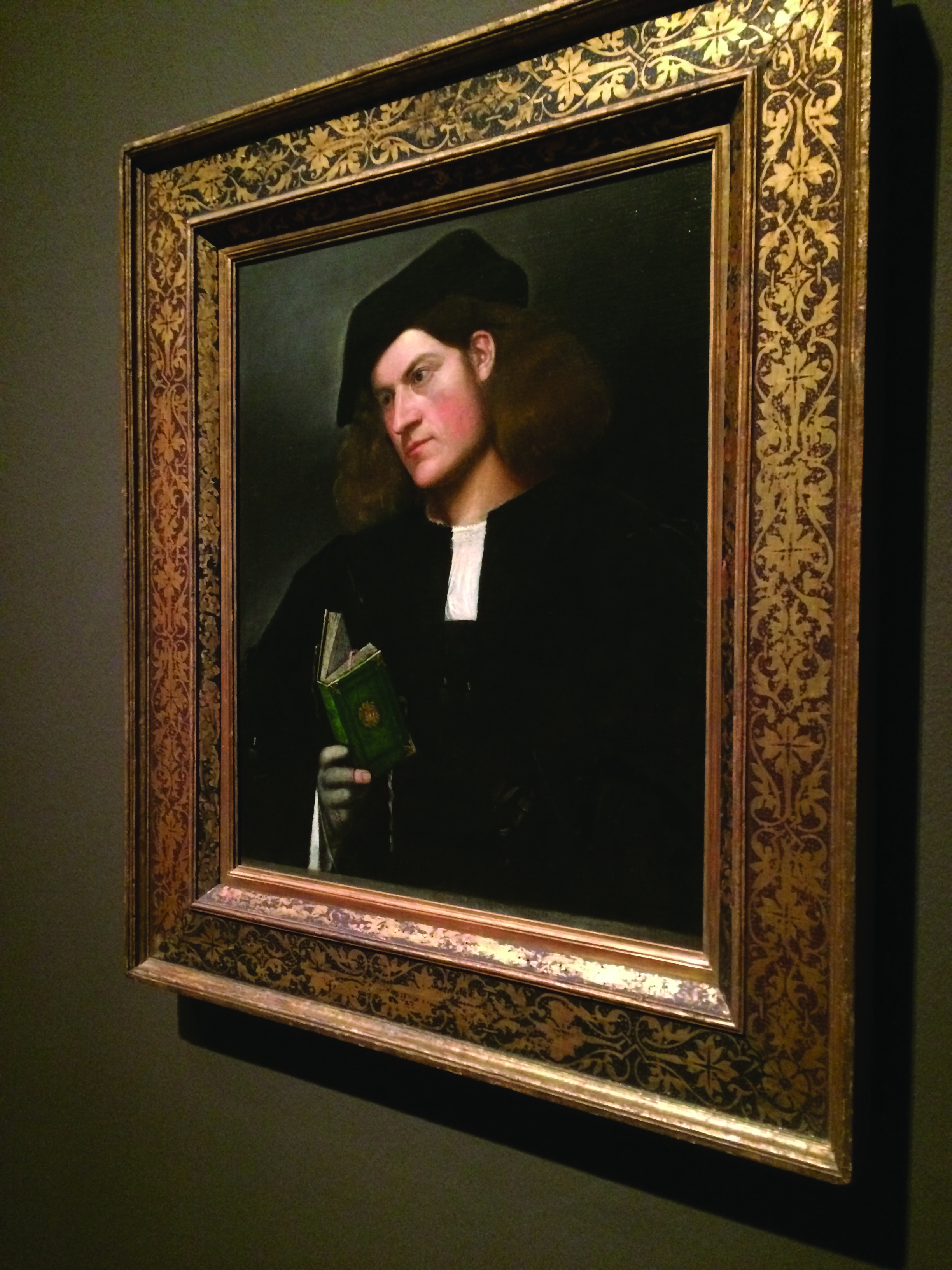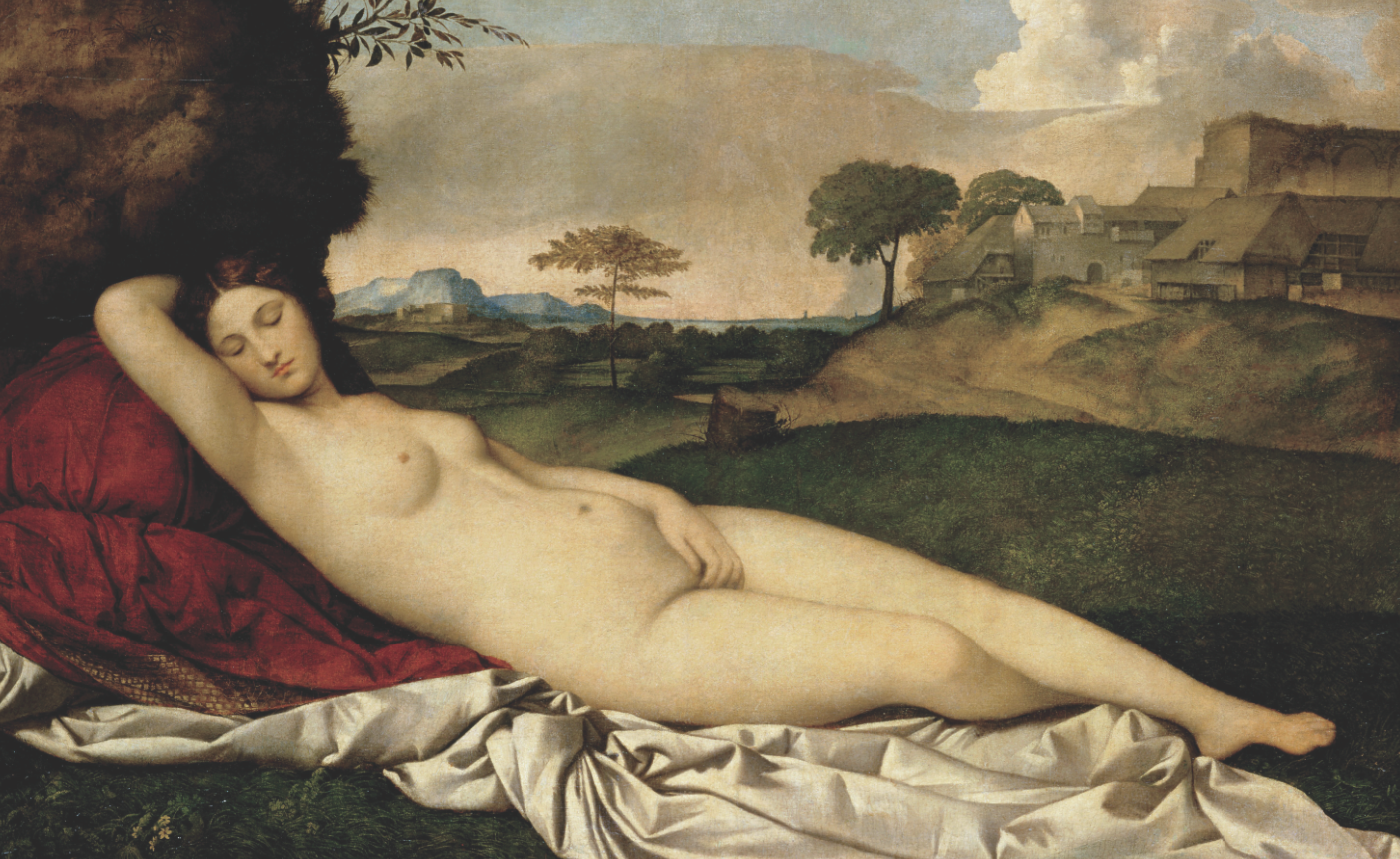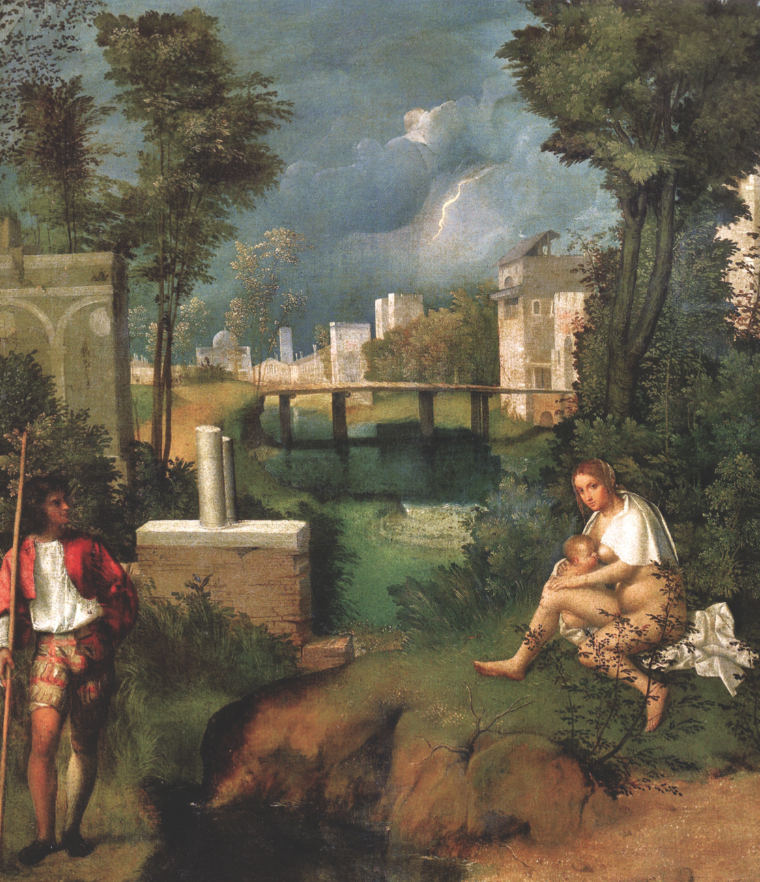As an exhibition of some of his surviving works is shown in London, Carolyn Lyons explains why this Venetian artist was so influential, and how little we know about what he actually painted…
Giorgione – ‘Big George’, he was born Giorgio Barbarelli – lived in Venice at the turn of the 16th century and is generally considered to be the artistic link between old Bellini and young Titian. He died of the plague − probably caught from his mistress – at the age of 34, but the rest of his life is a mystery that cannot be solved, through his art or by any other means.
In Giorgione’s portraits, the sitters look us straight in the eye, ready to engage with us. Sometimes their mouths are open, as though they are chatting. Giorgione, with Leonardo da Vinci, was one of the first artists to paint the psychology and soul of his subjects as well as their likeness.
His portraits are startlingly modern – in sharp contrast with the exhibition’s Bellini painting of a wistful man in a black hat gazing into the green distance, and Albrecht Dürer’s, with details brighter and more precise than any photograph could ever be.
There had never before been a painting like Giorgione’s of the ordinary old woman holding a scroll out to us with the words col tempo (‘with time’) on it – and there wouldn’t be another until Caravaggio 100 years later.
Venice’s chilly winters must have affected its art. Giorgione paints one young man tied snugly into his puffy mauve jacket. A portrait of an archer shows his gloves leave his thumb and middle finger exposed ready to shoot his arrows. Giorgione’s contemporary Giovanni Cariani, in similar vein, paints a poet reading a green book in gloves without a middle finger so he can flick over the pages.
Giorgione was fierce in the argument over which is the greater art, painting or sculpture. Isn’t sculpture the greater because it shows the entire figure? To examine the question, Giorgione painted a (now lost) nude figure reflected in both a lake and a mirror. And he painted his archer’s hand mirrored in his breastplate, showing the back and the front of the hand.
Attribution is tricky. The show’s curator, Arturo Galansino, says that if it is a great painting, why does it matter who did it? But it does matter. Christ and the Adulteress, on show from Glasgow, was a Giorgione until just ten years ago, when it became an early Titian.
Everyone prefers a rare Giorgione. Titian lived for 66 years after the death of Giorgione, and so is not rare at all. The National Gallery in London, for example, has 21 Titians but only two Giorgione paintings.
(The Royal Academy has a website at www.royalacademy.org.uk/article/giorgione-titian-portrait-debate, airing the arguments for Giorgione or for Titian. You can make up your own mind and cast your vote.)
The most fascinating painting is Giorgione’s arcadian scene (very fashionable at the time) in Il Tramonto (The Sunset). Roberto Longhi, the art critic, discovered it in a very damaged state, with most of the right-hand side gone. It was repainted in Rome in the 1930s, when a man peeking out of a cave, as well as a pig in a hole, were added. The orange-beaked bird in the pond might have always been there.
Even odder, the small white St George spearing an octopus-like dragon was superimposed using paint of the correct age − an oil-paint transfer to cover a hole in the canvas. Maybe it was added because no one knows what the two men are doing in the foreground, with the older man touching the young man’s leg.
It is just another mystery of Giorgione added to the biggest mystery of all: what is going on in his masterpiece, The Tempest, where a naked mother uncomfortably feeds her baby under a bolt of lightning while a fully-dressed young man looks out at us. You still have to go to Venice’s Accademia Gallery if you want to see The Tempest, but the others are in London.




